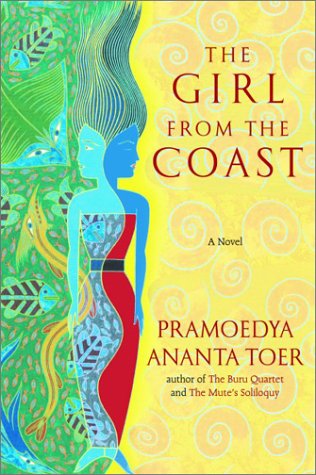The Girl from the Coast
This novel is based on the life of the author’s grandmother. At age 14, the “girl from the coast,” as she is anonymously referred to, is married to an Indonesian aristocrat. Torn away from her family and the only home she has ever known, she is forced to adapt to the stifling world of wealthy city life. In her husband’s home, she lives a life of privileged imprisonment, sitting in her room for weeks on end, with only a servant for company between her husband’s sporadic visits. As a girl from a poor fishing village, she is acutely aware of the status difference between herself and the other members of her husband’s family. Even so, she is dismayed when she eventually learns that her status as wife is not at all secure, that she is merely a “practice wife,” to be discarded when her husband decides to take a wife of his own social class. How does she cope with this knowledge? What does she do next? And what happens if she should bear a child from this marriage?
Although this is an intriguing topic for fictional treatment, The Girl from the Coast reads more like a political and social manifesto than a novel. This is not surprising given the author’s history as an activist and political prisoner in Indonesia during Dutch colonial rule and the Suharto regime. The book has a contrived feel, as though the message was more important than the telling. The dialogue is stilted and choppy, although this may have more to do with the translation than the writing. I was disappointed in this book, hoping for more focus on the plot and less political discourse.










